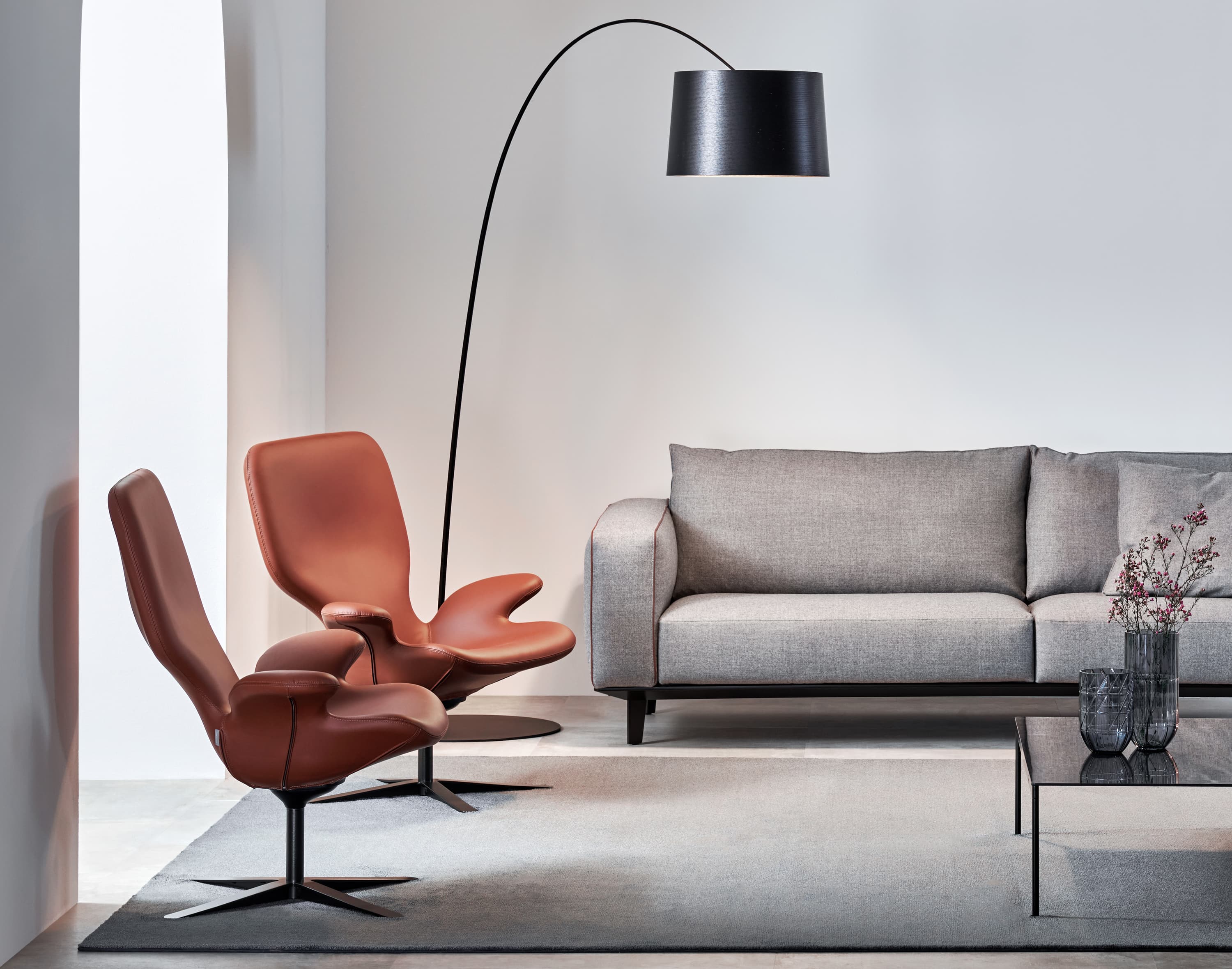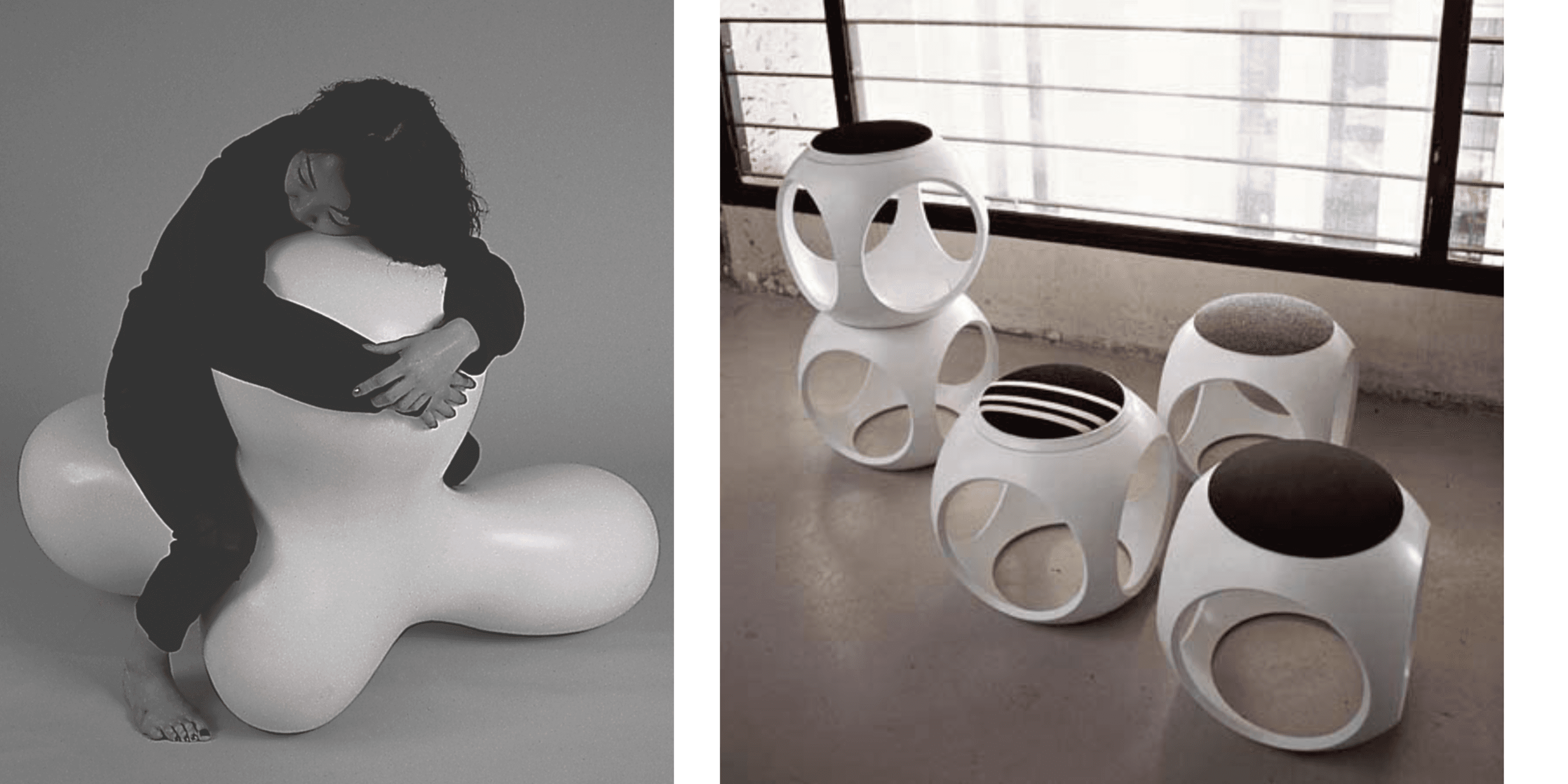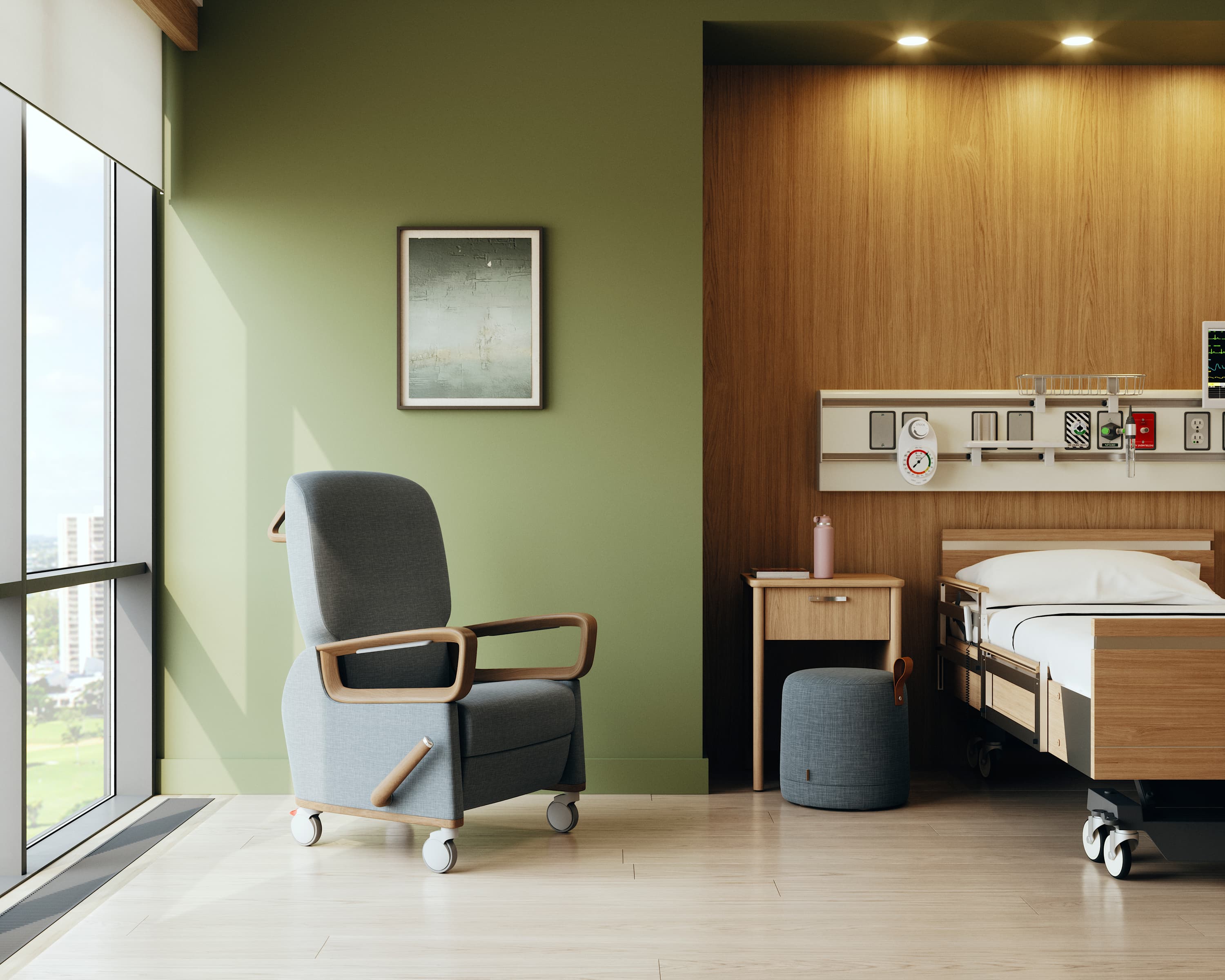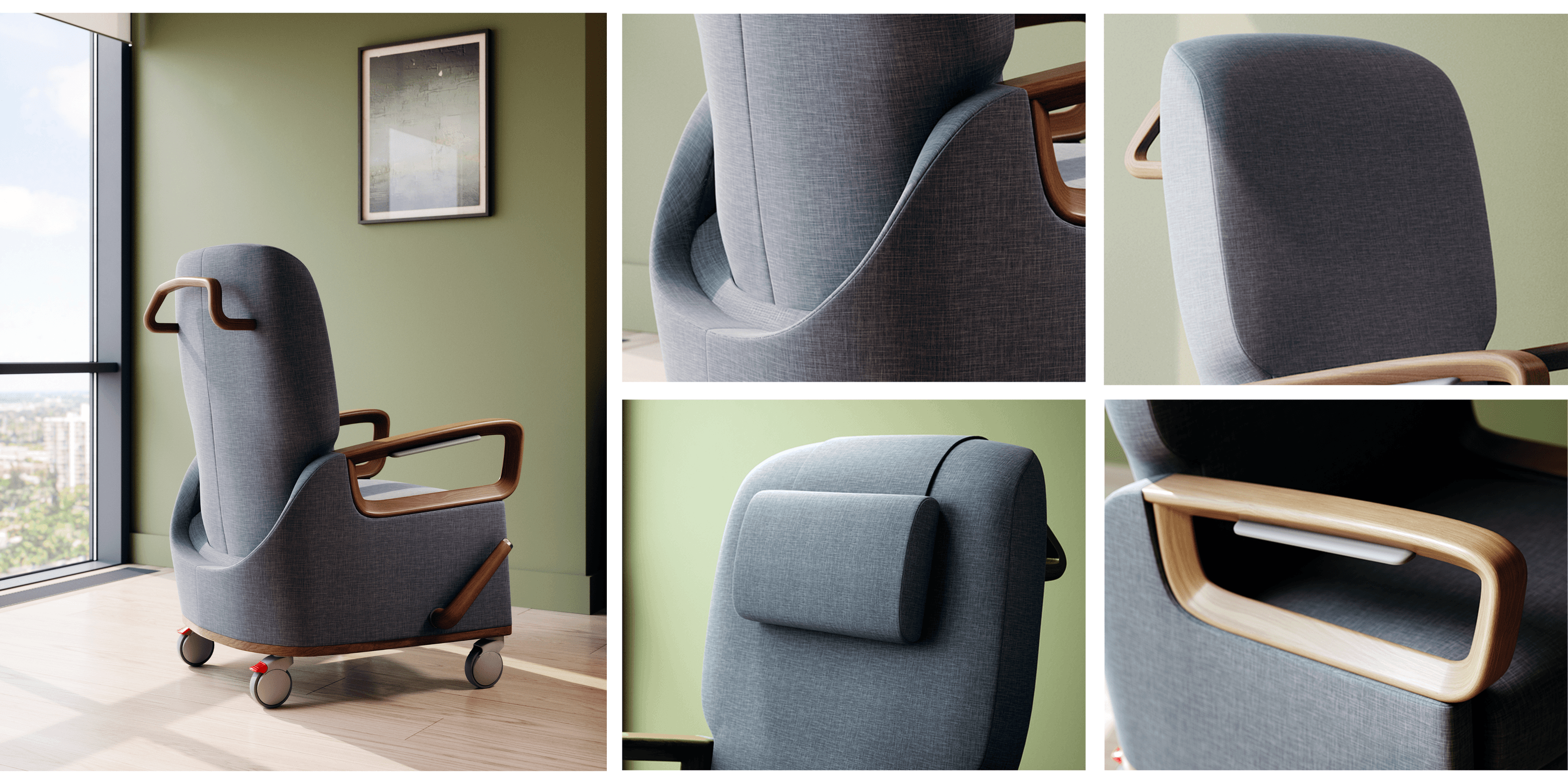This is an exciting and creative time for healthcare designers, as the industry demands more from us than ever before!
When I first began designing products for healthcare, over a decade ago, the healthcare system was just beginning to move from a treatment-based model to one focused on wellness. Today, with nearly 60% of Americans prioritizing wellness, and advancements in technology and medicine accelerating this shift, it is a pivotal moment for a design-driven healthcare furniture industry to find its place within the wellness model and thrive by helping individuals thrive.
Design-for-Wellness Challenge
The wellness model brings a holistic approach to care. It recognizes that an individual—our wellness “user”—has physical, intellectual/cognitive, emotional, spiritual, and social dimensions, and to achieve or maintain whole health, the needs of all of these dimensions must be addressed—our design-for-wellness challenge.
Image from The National Wellness Institute
While furniture alone won’t “solve” a wicked problem like whole health, when we frame our work as a wellness challenge, we can create products that improve health and wellness outcomes. In doing so, the furniture industry functions as an integrated part of a broader system of solutions that define the wellness model.
Can We Do It?
We can! And we can look to Italian design factory furniture, watches, and the masters of poetic design for guidance.

When I entered healthcare design, I didn’t expect it to align tightly with the luxury products I had designed—Swiss watches and Italian and Japanese high-end furniture and lighting. But I quickly learned that the wellness model was asking of healthcare furnishings what Italian design factories and watch companies simply expected: design that goes beyond explicit function and speaks to and satisfies our emotional, physical, intellectual/cognitive, spiritual, and social dimensions. User contexts change but every context we design for includes a holistic user.

Robinson’s Play Orbiter soft lounger (left) and Oblio poufs for Moroso (right).
I had the privilege of working with legendary ceramicist Eva Zeisel, a master of designing functional objects that poetically engage with users on multiple levels. Using the tools in every designer’s toolbox, she created products that speak to us about fundamental needs she prioritized – love, understanding, dependency, and belonging. To her, this nonverbal communication was a key function of design. It’s the result of a rigorous yet playful approach that, when applied to healthcare, can help us design experiences that "treat" whole health and improve outcomes.
A Case Study in Designing for Wellness

Ellie, a patient recliner Play Orbit designed for Kwalu, incorporates a range of user-centered, universal design features. But, one of the hardest-working features is its formal language. Drawing on research from neuroscience, biophilia, and Sensethetics, we broke away from the boxy, constructed forms typical of healthcare recliners. Instead, we created curving contours—fluid lines that evoke a sense of natural flow and erosion, that soften forms and embrace the user. It’s a language designed to 1) reduce stress for individuals who, at their most vulnerable, are in an environment that includes harsh reflective surfaces, flashing lights, shiny metals, dripping tubes, and that bed (!); and 2) convey understanding, embrace, and a familial sense of dependency and belonging to encourage the early mobility of the other soft natural form in this clinical context, the user.

Crafting Conversations for Wellness
For better or worse, objects will talk! In fact, it was a Saarinen tulip chair that told me to pursue a design career ( a story for another time). By rigorously crafting the right conversations, healthcare furniture can deliver the meaning and value needed to meet our wellness challenge.

